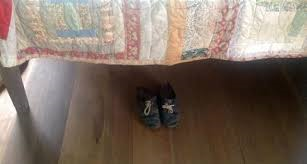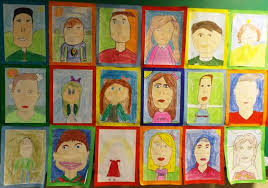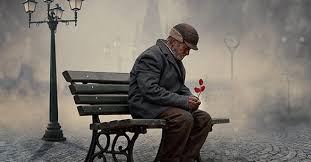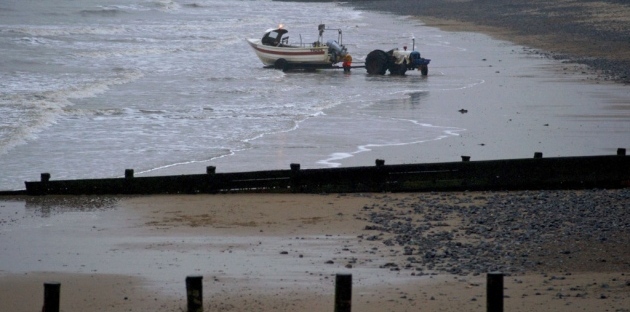 A question that has always bothered me but that I have not really crystallised until recent years is the one that asks is social work an art or a science. I recently reread, not every word I admit, Hugh England’s book “Social Work as Art” (1987 pub. Allen and Unwin) and whilst it had, as far as I can remember , little impact at the time I found it a helpful critique of why I and many others struggle with this dilemma. It quotes many academics and eminent thinkers in the profession in their recognition of the issue but they offer little solution. It then returns at the end of the book to some practice models which look very like something I learned on both my social work and counselling courses as process recording. What it does is explore more closely the feelings, body language, expressions, physical condition, and every aspect of the individuals appearance and behaviour as well as what they say and puts that alongside the feelings etc of the worker to construct a whole picture of any therapeutic intervention. As a learning tool it was invaluable to me particularly in understanding myself and my part in that intervention. But it has an “intellectual softness” to quote Hugh England that is unable to be quantified as evidence in reports which go to make decisions in the lives of our clients. It is not able to be offer scientifically based proof that courts for example require and therefore for purposes other than expanding our own understanding of both self and client or for helping to form a working relationship it is dismissed. Social work today wants evidence. Inspectors want measurable evidence of us being busy. We are pushed constantly towards the production of evidence , of fact, of research findings. It wants the intellectual hardness of social science.
A question that has always bothered me but that I have not really crystallised until recent years is the one that asks is social work an art or a science. I recently reread, not every word I admit, Hugh England’s book “Social Work as Art” (1987 pub. Allen and Unwin) and whilst it had, as far as I can remember , little impact at the time I found it a helpful critique of why I and many others struggle with this dilemma. It quotes many academics and eminent thinkers in the profession in their recognition of the issue but they offer little solution. It then returns at the end of the book to some practice models which look very like something I learned on both my social work and counselling courses as process recording. What it does is explore more closely the feelings, body language, expressions, physical condition, and every aspect of the individuals appearance and behaviour as well as what they say and puts that alongside the feelings etc of the worker to construct a whole picture of any therapeutic intervention. As a learning tool it was invaluable to me particularly in understanding myself and my part in that intervention. But it has an “intellectual softness” to quote Hugh England that is unable to be quantified as evidence in reports which go to make decisions in the lives of our clients. It is not able to be offer scientifically based proof that courts for example require and therefore for purposes other than expanding our own understanding of both self and client or for helping to form a working relationship it is dismissed. Social work today wants evidence. Inspectors want measurable evidence of us being busy. We are pushed constantly towards the production of evidence , of fact, of research findings. It wants the intellectual hardness of social science.
As social workers we need to deal with every aspect of the person, the whole range of human emotion and interaction because these are the things that connect us , that make us human , that makes us whole. Not only do we need to understand all this in ourselves and others but we need to be able to use that understanding to help, to advise, to protect and to repair. Simply we cannot experience all these things ourselves so how do we get nearer an understanding , a connection with the emotional world of others, an analysis of our intuitive self. Is this where the arts in all forms come in? Music, art, literature, poetry, dramas, performance all have the power to help us understand, to help us feel, to explore hidden and difficult issues and feelings in a way that science cannot. Poetry for example can distill emotion and put it back to us in a way that descriptive cold academic or evidential style prose never could. Music can move us to tears, reawaken emotion we have long since buried or dispel the pressure of a long hard day. I am thinking here of the times I have driven home with very loud music playing. Art can equally move the viewer to emotional response, drawing them into the image, touching our core. To watch an actor get under the skin of a character can let us into a world we may never experience for ourselves. All of these have inspirational purpose and indeed are now frequently recognised as having a therapeutic value. As social workers we should recognise, experience and use the arts as tools of our trade.
In 2018 I started a very small organisation that aims to raise awareness in the reality of a life in public care and its impact throughout life . The inspiration for this was listening to a song by Eric Sedge a Suffolk singer/ songwriter and immediately connecting with the song. As a long time residential worker and someone who worked in the therapeutic tradition I was there with his struggle to make sense of the path forward for the unhappy child he had adopted. This is part of the words, the poetry of the struggle, of the intent.
I saw you drowning off the headland with the waves coming in, shackled to your history, chained by your father’s sins, So I raced into the shallows, to set you free, But the undertow from long ago knocked me off my feet.
And the waters near engulfed me, but life has made me strong, So I pulled you from the wreckage of a life gone wrong. And we built you the finest clipper, now we’ll be your faithful crew, So set a course for kinder shores and may your path be true.
Eric Sedge. She’s the One. Copyright Eric Sedge 2017. http://www.ericsedgemusic.com
I chose to use the arts as it seemed to me that this could connect people who have no experience of that world with a more intimate understanding than ever statistics and reports could give. It could dispel many of the misconceptions and yes, untruths , about the young people who live away from their birth families in a way that nothing else could. Maybe even improve things in a small way by shifting public opinion. Aleksandr Solzhenitsyn said” It is within the power of writers and artist to do much more: to defeat the lie”. There are so many misconceptions about life without your own family that block the way to providing a service that really meets the needs of these unfortunate people. Many care experienced have used the power of words, of art and frequently of poetry to explore their own story and to share it with others and these first hand witness accounts have great power and offer insights that no one else can give. I have also heard the unconvinced deny these having validity as simply just that person’s view of their world and that therefore it is somehow invalid. And that as they have been in care there must be something about them that would make them a bad witness. Hence the need to dispel the lie. I hope that if someone who is not a care survivor was able to offer insight into this hidden world of childhood that it would be more accessible. When Steve Banks, writer and actor, wrote Kinder Shores the play in 2019 he was able as an outsider to the world of public care to bring the essence of the issues to the public in the most accessible way. It was so accurate, so poignant, that when I first read the script I cried. I then cried at rehearsal and at performance as the young actors were able to give life to the raw emotion. It touched the audience’s heart and consciousness.
So I am unashamedly using art events to pull at heart strings, to share difficult emotions, pain and inspiration to change public perception, to make anyone who will listen feel the emotion of a damaged and chaotic childhood, not to preach or deliver blame, not to politicise or even to challenge the authorities but to make the feelings real so that they may then be translated into thoughts that will turn into actions.
“Poetry is when an emotion has found its thought and the thought has found words” Robert Frost
If evidence is needed to back these actions then yes, facts and statistics can be employed but first let us get to the heart us the matter and begin where the client is at with their emotions, feelings, wishes and dreams, fears and pain, despair and hopes and work from there using our social science skills to analyse, plan and negotiate ways forward to a better life. But without that softness of intellect we will quickly lose our way.

Kinder Shores Arts formed in 2018 first produced a CD called Kinder Shores with songs that explore aspects of living away from home. It is still available on Amazon or via Folk on the Pier website. Then in 2019 Kinder Shores -the play written and directed by Steve Banks was produced at the Sheringham Little Theatre to great acclaim. 2020 was to see two art exhibitions by the incomparable and hugely talented Paul Yusuf together with poetry readings and music in Norwich and Diss but was postponed due to Covid. These were to take place in 2021 but tragically Yusuf passed away recently from the virus. So plans are on hold as is another performance of the play planned for Great Yarmouth. http://www.kindershores.org.


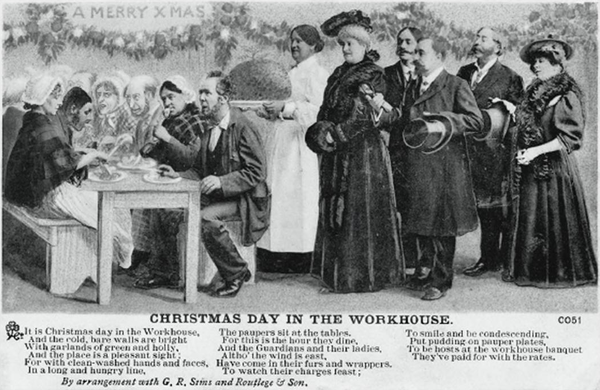

 I can wandered the streets at will as there are no cars to avoid, no people with whom I have to engage in a strange courtly ritual dance in order to never meet. I can hear the sea, household life, my breath and the dogs name tags jingling. I can hear the town breathing and the sea washing the beaches clean and polishing the stones. I am walking in a post apocalyptic townscape not sure if it will ever be the same again wishing for the closeness of friends and family, for music to make my chest pound and my blood pressure rise and a play to make me cry into the darkness of the theatre.
I can wandered the streets at will as there are no cars to avoid, no people with whom I have to engage in a strange courtly ritual dance in order to never meet. I can hear the sea, household life, my breath and the dogs name tags jingling. I can hear the town breathing and the sea washing the beaches clean and polishing the stones. I am walking in a post apocalyptic townscape not sure if it will ever be the same again wishing for the closeness of friends and family, for music to make my chest pound and my blood pressure rise and a play to make me cry into the darkness of the theatre.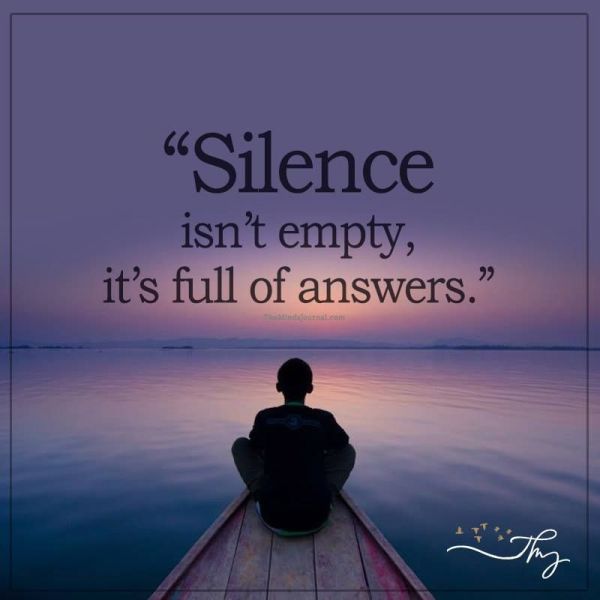

 festival every year are now paper not neatly hemmed linen. Today commemorative hankies are popular for weddings, christenings etc. Crafts people have invented ways of using vintage hankies as tablecloths, bedspreads or dolls and angels for the Christmas tree. And of course not to forget the ageless image of the holiday maker with the knotted handkerchief sunhat. A knot reminder, tie a knot in your hankie and at best you may just remember that you have forgotten something!
festival every year are now paper not neatly hemmed linen. Today commemorative hankies are popular for weddings, christenings etc. Crafts people have invented ways of using vintage hankies as tablecloths, bedspreads or dolls and angels for the Christmas tree. And of course not to forget the ageless image of the holiday maker with the knotted handkerchief sunhat. A knot reminder, tie a knot in your hankie and at best you may just remember that you have forgotten something!

